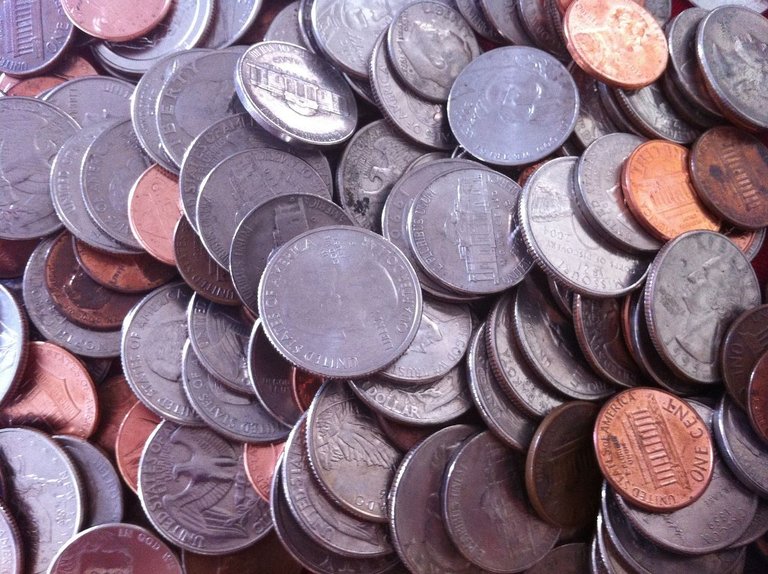The original plan for U.S. money was interesting. Let's dive in and take a look!

The first proposal came from Superintendent of Finance, Robert Morris, and Gouverneur Morris (you probably don’t know his name, but you should—he penned the preamble to the Constitution) and was fairly complex. It was based on the British pound/shilling/pence system in that it attempted to use multiple units with a non-decimal relationship that would be easy to convert in your head.
Whereas the British system was fairly simple once you learned it (1 pound = 20 shillings, 1 shilling = 12 pence), the Morris' system involved a unit that was 1440 to the dollar.
While that seems a bit insane, there was a logic here. It was designed to modernize U.S. currency while retaining flexibility for division, a critical feature for the era’s bookkeeping and commerce. 1440 is a very divisible number. It can easily divide by 2, 3, 4, 5, 6, 8, 9, 10, 12, 15, 16, 18, 20, 24, 30, 40, 45, 48, 60, 72, 80, 90, 120, 144, 180, 240, 360, 720. Remember, this was an era before calculators; easy division was a big advantage and was one of the main reasons why the decimal system had never been embraced. In addition to easy division, such a big number would have greatly reduced the need to break values into fractions.
Despite being a mathematically elegant idea, this 1440 system proved just a little too complex. Jefferson stepped in and in his report Notes on the Establishment of a Money Unit and of a Coinage for the United States, argued that a decimal-based system would be better and mathematically simpler. Many modern mathematicians disagree and champion the duodecimal system as easier than decimal, but Jefferson's logic was sound: while division with 10 is more complex than division with 12, Jefferson argued that a decimal system would simplify most other calculations and make the monetary system easier to conceptualize.
In addition, he proposed a clear hierarchy of metals for the different denominations.
- Copper: Cent and Half-Cent
- Silver: Dime, Quarter-Dollar, Half-Dollar, and Dollar
- Gold: Quarter-Eagle, Half-Eagle, and Eagle
[Notes: You'll notice I'm missing the half-dime. Jefferson didn't propose the half-dime—it was later added by the Coinage Act of 1792. As part of the silver/dollar level, he may have originally meant for dime to be more of a prefix, similar to quarter-dollar and half-dollar, disme-dollar (using the Old French spelling of the word, which Jefferson used in his report), making it more a unit of the dollar rather than a standalone denomination like it later became.
In addition, you may notice I'm missing the double-eagle. Jefferson didn't propose it, either. The double-eagle wasn't added to U.S. currency until 1849, when the California Gold Rush necessitated the introduction of larger denominations to handle the incredible influx of gold.
Finally, you may know the "mill" unit, 1/1000 of a dollar. While it was used as a theoretical unit for finance both then and now, Jefferson didn’t propose making it into a coin, though some States would issue their own for a time, usually out of cheap materials like cardboard.]
It was an elegant design and is kind of beautiful as these things go. Too bad it broke down. But these things always break down; as we say, "the best laid plans of mice and men...". Over time, as paper money and banknotes became more common and the intrinsic value of metals fluctuated, this system became less practical and was eventually abandoned. The U.S. moved away from the gold standard in the 20th century, and coins today are made of less valuable metals; their values have been rendered more or less worthless by inflation, making them not even desirable.
So it goes. At least we had a beautiful system once upon a time.
[Lead photo Diana Caballero from Pixabay]
❦
 |
David is an American photographer and translator lost in Japan, trying to capture the beauty of this country one photo at a time and searching for the perfect haiku. He blogs here and at laspina.org. Write him on Twitter or Mastodon. |
 )
)

